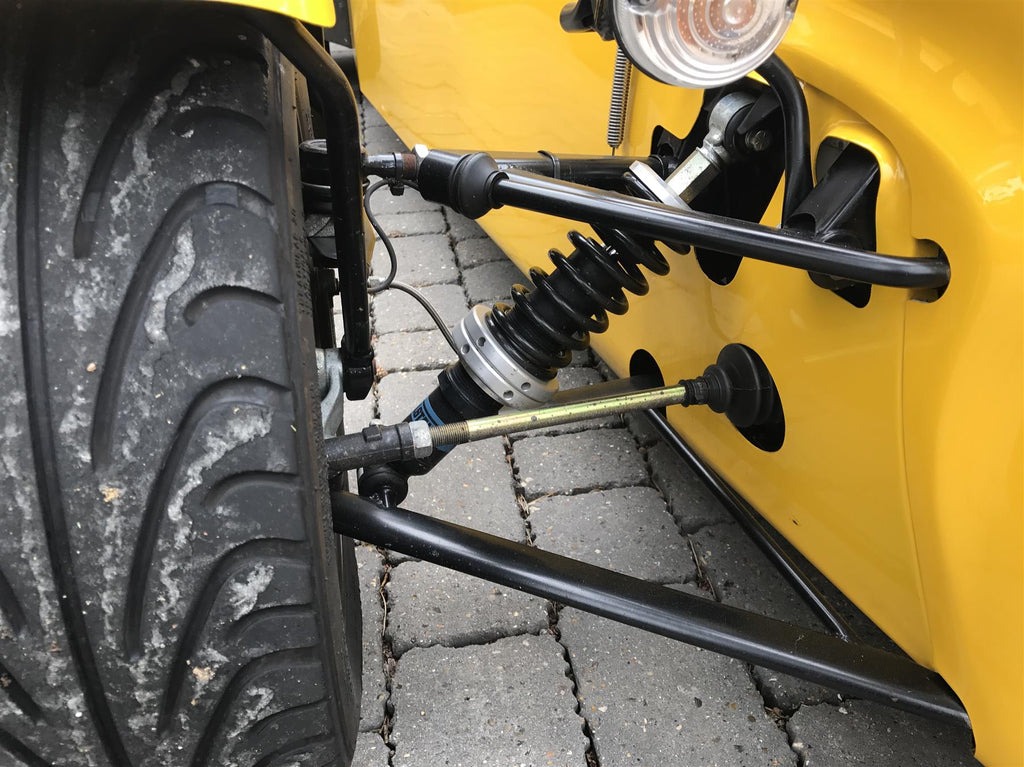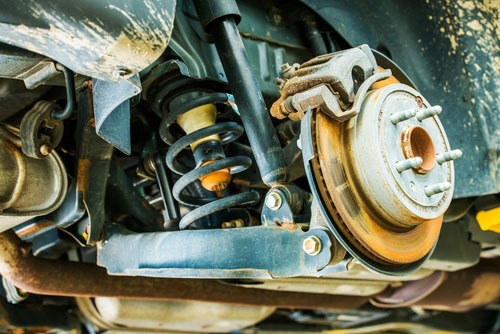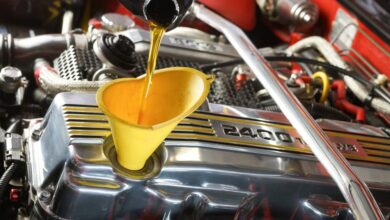How to Check if Your Vehicle’s Suspension System is Faulty

A well-functioning suspension system is essential for a smooth and controlled driving experience. This guide outlines the steps to help you determine if your vehicle’s suspension system is faulty. From identifying common signs of issues to performing simple checks, we’ll explore the indicators that may signal problems with shocks, struts, or other components. By understanding these cues, you can proactively address suspension concerns, ensuring optimal comfort, handling, and safety on the road. Learn how to navigate the subtle nuances of your vehicle’s suspension system and keep your ride in top-notch condition with this comprehensive guide.

Contents
Visual Inspection
The first step in checking your vehicle’s suspension system is to conduct a visual inspection. This will allow you to spot any obvious signs of damage or wear.
Start by examining the tires. Look for uneven tread wear, which can indicate suspension problems. If one side of the tire is more worn than the other, it could suggest a suspension issue.
Next, inspect the shock absorbers or struts. These components are responsible for absorbing bumps and vibrations, and any visible signs of leakage or damage should be noted.
Bounce Test
The bounce test is a simple yet effective way to assess your vehicle’s suspension system. To perform this test, follow these steps:
- Park your vehicle on a flat surface.
- Press down firmly on one corner of the car and then release.
- Repeat this process for each corner of the vehicle.
Ideally, your vehicle should bounce back to its original position once you release it. If it continues to bounce or oscillate, it could be an indication of worn-out shocks or struts.
See more: The Future of Home Car Care Services: Revolutionizing the Way We Maintain Our Vehicles
Listen for Strange Noises
Another way to detect suspension issues is by listening for unusual noises while driving. Pay attention to any knocking, clunking, or creaking sounds coming from underneath the vehicle.
These noises can be caused by worn-out bushings, ball joints, or other suspension components. If you notice any unusual sounds, it’s best to have your vehicle inspected by a professional mechanic to identify and address the underlying cause.
Uneven Tire Wear
As mentioned earlier, uneven tire wear can be an indicator of suspension problems. Therefore, regularly inspecting your tires for signs of wear is crucial.
Look for bald spots, cupping, or feathering on the tread surface. If you notice these patterns, it could suggest misaligned wheels or worn-out suspension components. In such cases, it’s important to have your vehicle checked by a qualified technician who can diagnose and fix the issue.
Excessive Bouncing or Swerving
When driving your vehicle, pay close attention to how it handles bumps and corners. If you notice excessive bouncing or swerving, it could be a sign of worn-out shocks or struts.
Excessive bouncing indicates that your suspension system is no longer effectively absorbing shocks from the road surface, affecting both ride comfort and control. Swerving can occur when one side of the suspension is weaker than the other, causing the vehicle to pull to one side.
If you experience either of these symptoms, it is essential to have your suspension system inspected and repaired by a qualified mechanic.
Steering Responsiveness
A faulty suspension system can also impact the steering responsiveness of your vehicle. If you notice that your steering wheel feels loose or unresponsive, it may indicate worn-out suspension components.
To check your steering responsiveness, drive your vehicle on a straight road and lightly grip the steering wheel. If you feel excessive play or a delayed response when turning the wheel, it’s time to have your suspension system examined.
Vehicle Sagging or Uneven Ride Height
A visible sagging or uneven ride height can be indicative of suspension issues. Stand back and observe your vehicle from a distance to see if it appears lower on one side or if there are any noticeable differences in ride height between different wheels.
Sagging or uneven ride height can be caused by worn-out springs or damaged suspension components, leading to an imbalanced ride and potentially compromising safety. Consult a professional mechanic to diagnose and resolve these issues promptly.
Get a Professional Inspection
While the visual inspection and tests mentioned above can provide valuable insights, it’s always recommended to have your vehicle professionally inspected by a qualified mechanic.
A professional inspection can uncover subtle suspension issues that may not be easily detectable during basic checks. A skilled mechanic will have the necessary expertise and tools to thoroughly assess your suspension system and provide appropriate recommendations for repairs or replacements.
Regular Maintenance and Care
Prevention is better than cure when it comes to maintaining your vehicle’s suspension system. By following a regular maintenance schedule and taking care of your car’s suspension components, you can prolong their lifespan and prevent major issues from arising.
Routine maintenance tasks include checking and replacing worn-out bushings, lubricating moving parts, aligning wheels, and keeping an eye on overall performance.
A Guide to Checking Your Vehicle’s Suspension System
Your vehicle‘s suspension system plays a vital role in providing a smooth ride, stability, and control. By following the steps outlined in this blog post, you can effectively check if your vehicle’s suspension system is faulty and take appropriate action.
Remember that a well-maintained suspension system not only enhances driving comfort but also ensures your safety on the road. If you suspect any issues with your suspension system, don’t hesitate to consult with a qualified mechanic who can help diagnose and resolve the problem promptly.
See more news at: car care vip




































